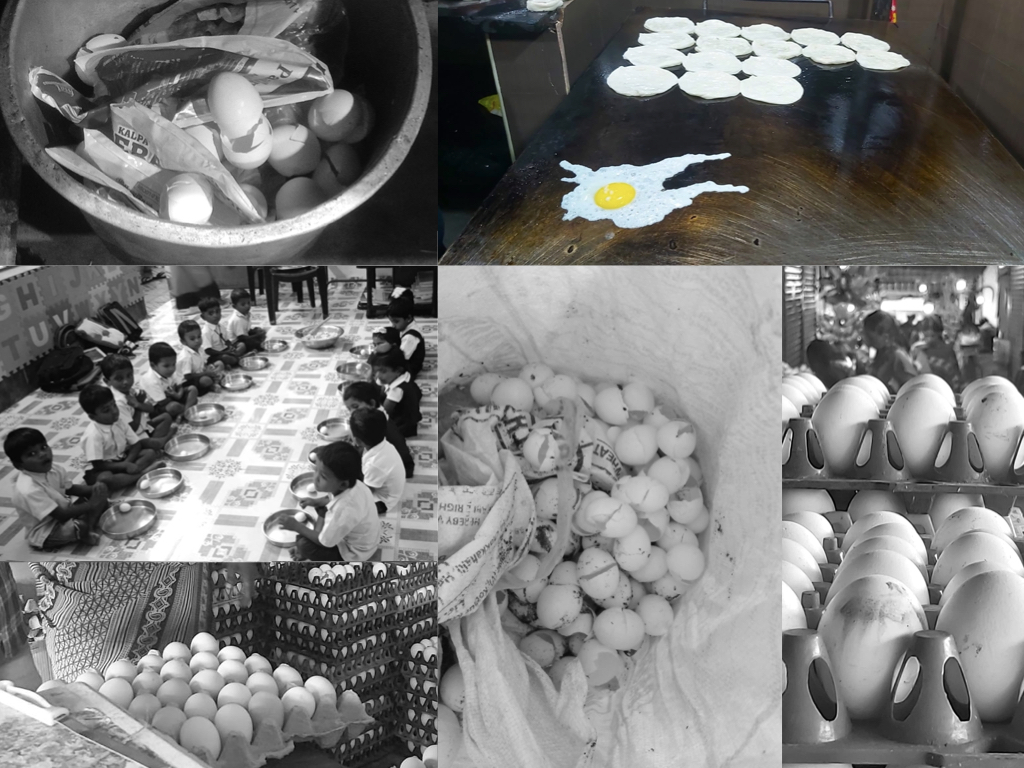PAST TALKS 2023
January 24, 2023
Lighting Session
DocTalks Chairs:
Gregorio Astengo, ETH/Birkbeck College &
Demetra Vogiatzaki, Harvard
Respondent:
Olga Balaoura, Visiting Professor, University of Cyprus (UCY),
Department of Architecture
Marginalized Materialities in Athens:
ANGELOS CHIOTIS
TU Delft
Kleanthis & Schaubert Plan, 1833. Αι Αθήναι – από τού 19ου εις τόν 20ον αιώνα [Athens – from the 19th to the 20th Century], by Kostas Biris, Melissa Publishing House, 1996.
The thesis attempts to use the terms of postcolonialism and decolonization as a critical
position for the investigation of the reciprocal relation between modern Greece and
postcolonial Europe through the investigation of crucial historical events that determined the
built environment of Athens. Prompted by the recent international celebrations of the Greek
state’s bicentennial for the War of Independence against the Ottoman Empire of 1821, and
the worldwide collective protests against European imperialism, this project aims to explore
the long-standing effects of colonialism, racism and xenophobia in the built environment of
Greece. The first part focusses on The New City Plan of Athens 1832 and how urban
planning formed the tool for the colonization of the Greek territory. The second part focuses
on how neoclassical architecture and the museumification of Greece's ancient past were used
in order to override and narrate history in the service of creating the Modern Greek collective
memory in the general frame of the European “civilizing mission.” The third part studies the
role of The Athens Piraeus Railways 1867-1869, constructed by British engineers, who have
also developed train systems for colonized countries such as Egypt, South Africa, and
Tunisia, introducing new conceptions of social hierarchies. The fourth part studies the impact
of polykatoikia, the apartment building, as a key element of the postwar reconstruction
strategy of Greece generated by foreign large-scale capital, advancing a pattern of economic
colonization. The establishment of the new state and the instigation of numerous acts of
ethnic cleansing, the creation and policing of minorities, the denial of identities, and violent
homogenization were significantly assisted by “Hellas,” the idealized representation of
Ancient Greece that the West has assembled. Thus, this thesis will claim that the reviewing of
the built environment in Greece is of key significance for the decolonization of Europe.Lighting Session
DocTalks Chairs:
Gregorio Astengo, ETH/Birkbeck College &
Demetra Vogiatzaki, Harvard
Respondent:
Olga Balaoura, Visiting Professor, University of Cyprus (UCY),
Department of Architecture
Marginalized Materialities in Athens:
Modern Greece and Postcolonial Europe
ANGELOS CHIOTIS
TU Delft
Kleanthis & Schaubert Plan, 1833. Αι Αθήναι – από τού 19ου εις τόν 20ον αιώνα [Athens – from the 19th to the 20th Century], by Kostas Biris, Melissa Publishing House, 1996.
***
Forms and Technologies
of Italy’s Villa-mania
(1955 -1970)
MICHELA BONOMO
EPFL

Casa Arosio by Vico Magistretti, Arenzano. Photographed by Filippo Romano and published in Marco Franzone & Gerolamo Patrone “ La Pineta di Arenzano: architettura e paesaggio. Storia di un’utopia mancata”. Milano: Skira 2010
In the collective imagination the villa is a manifesto of 'the good life’, often representing for architects a laboratory of experimentation and style and an exception in their portfolio.
The fate of the villa in contemporary architecture and research culture reflects its very own position: outside of the ‘urban’ centres of knowledge and critical inquiry, it is still abundantly present as an unexamined source of architectural intelligence, history and ideology. This situation is particularly applicable to Italy, the birthplace of the villa: in histories focusing on Italian Post-war architecture, this type of building is strikingly absent. This thesis wishes to look at the history of this building type in Post-war Italy and to focus on seven buildings taken at different stages of construction, all built by architects for their clients and equipped with a Mediterranean view. This paper argues that the very condition of these architectural masterpieces was the product of an implicit state project enacted by the ruling government of the Christian Democrats through punctual and specific policies. Thorough selected building stories of a specific context, this thesis wishes to answer when and how could this building type finally become truly historical.
***
Circular Strategies:
Egg Shell Waste
as a
Potential Building Material
ESTHER CLIFFORD
Independent Researcher
Independent Researcher

Egg Waste from the Food and Agriculture sector as potential building materials.
USA, India and China are the three largest producers of eggs and annually India produces an average of 83 billion eggs. The egg waste generated from this massive production is sent to either land-fills or incinerators. The EPA declared eggs as the 15th largest waste causing pollution. Companies pay up to $100,000 to dispose of egg waste in the form of landfills and this is an unsustainable and expensive way of disposing of waste. Egg waste in the form of shells and whites can be rather used as a building material that is cost-efficient and energy-efficient. Eggs have been used as a building material in the past millennia throughout Asia, Africa and parts of Europe. In the local vernacular architecture of India, its properties have been known to help in cooling the built-up environment and also provide a smooth finish to walls. In modern usage, egg shells have been used as an additive in concrete and have proven to add strength to the concrete admixture. Rethinking the way egg waste is repurposed can help in creating resilience through building materials. This paper will help understand the scope and viability of using egg waste in architecture by studying and recording the amount of egg waste generated and the logistics involved to help procure and use egg shells and white waste. This study will take an example of an Indian city to help demonstrate the viability of the practical usage of egg waste in the built-up environment.